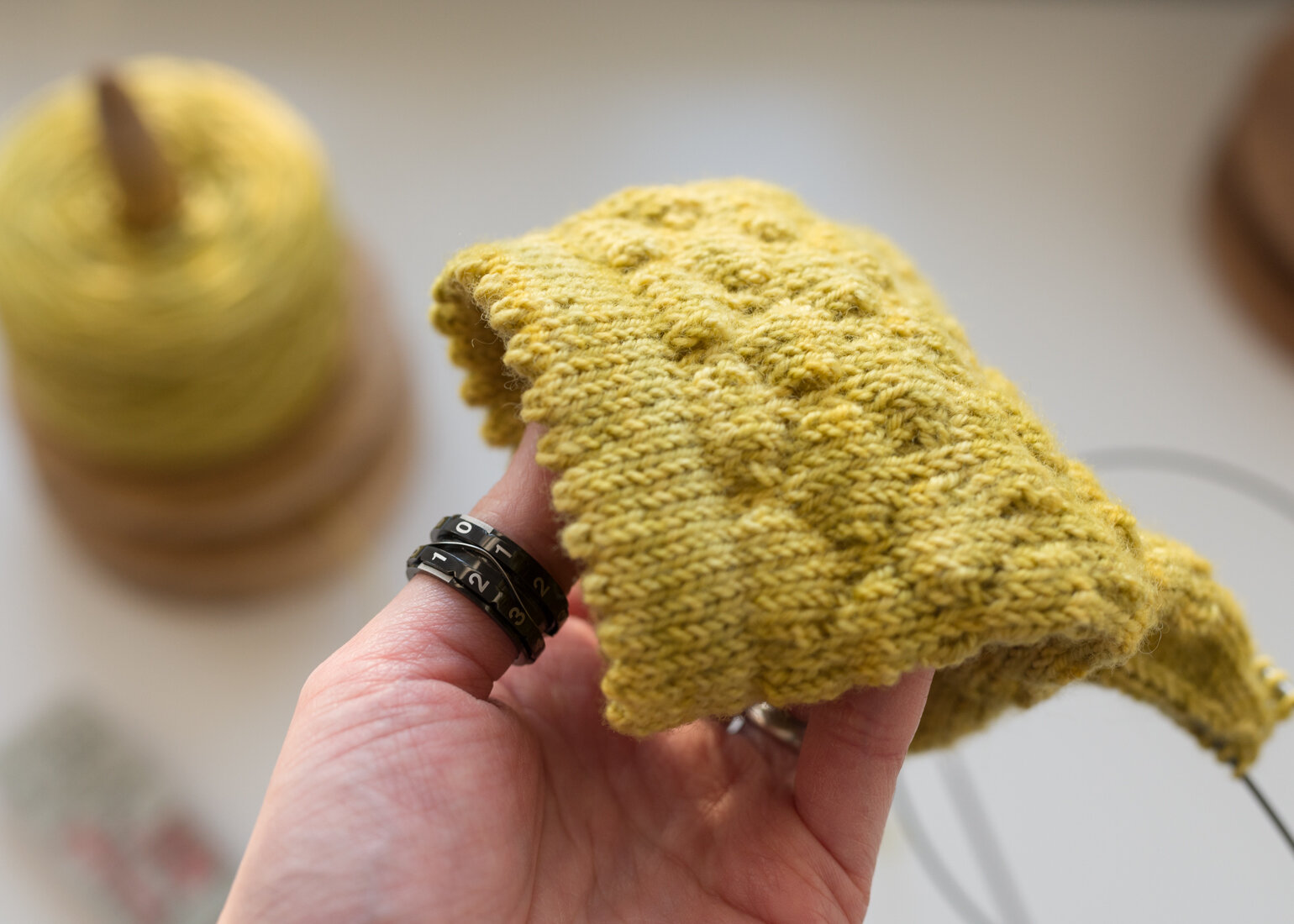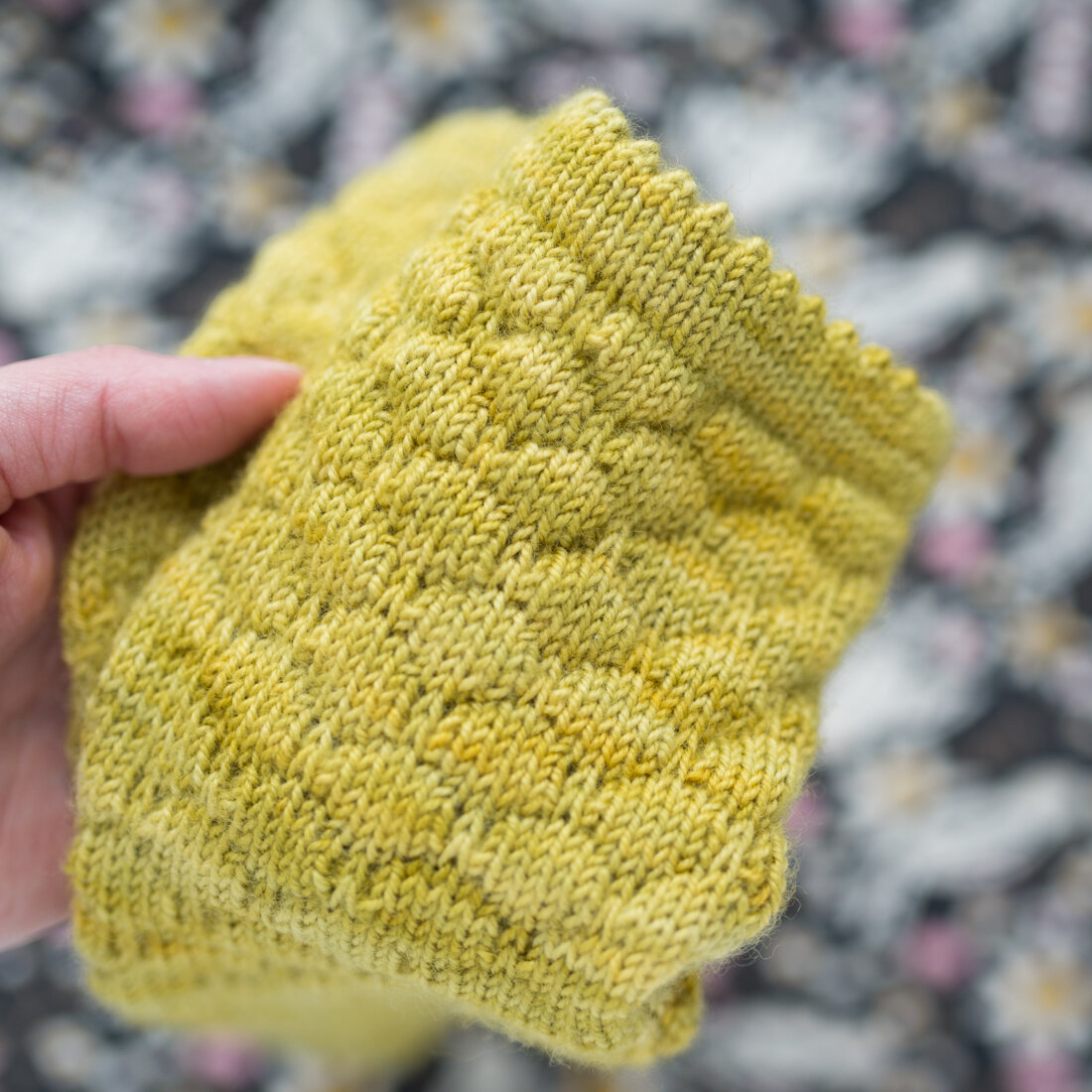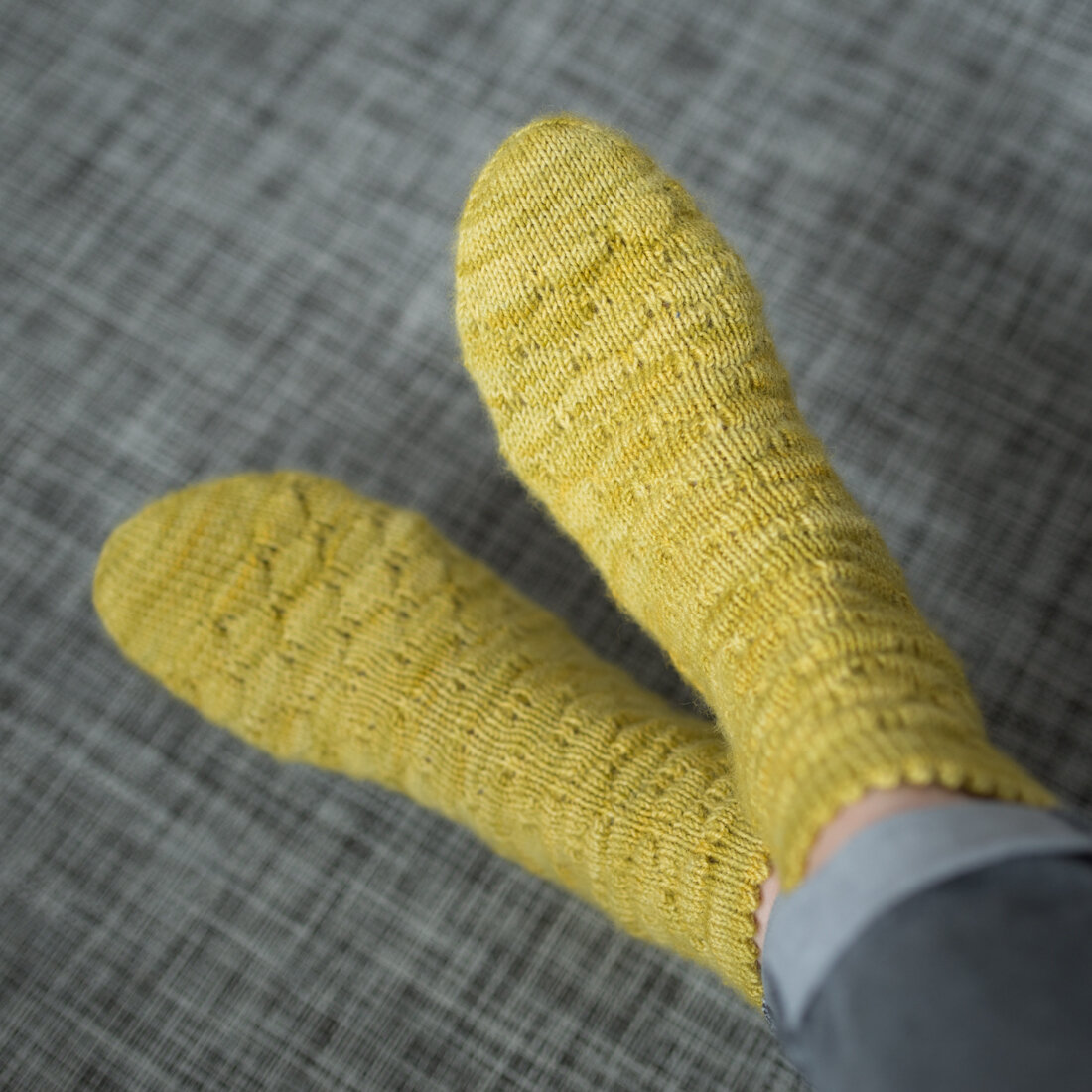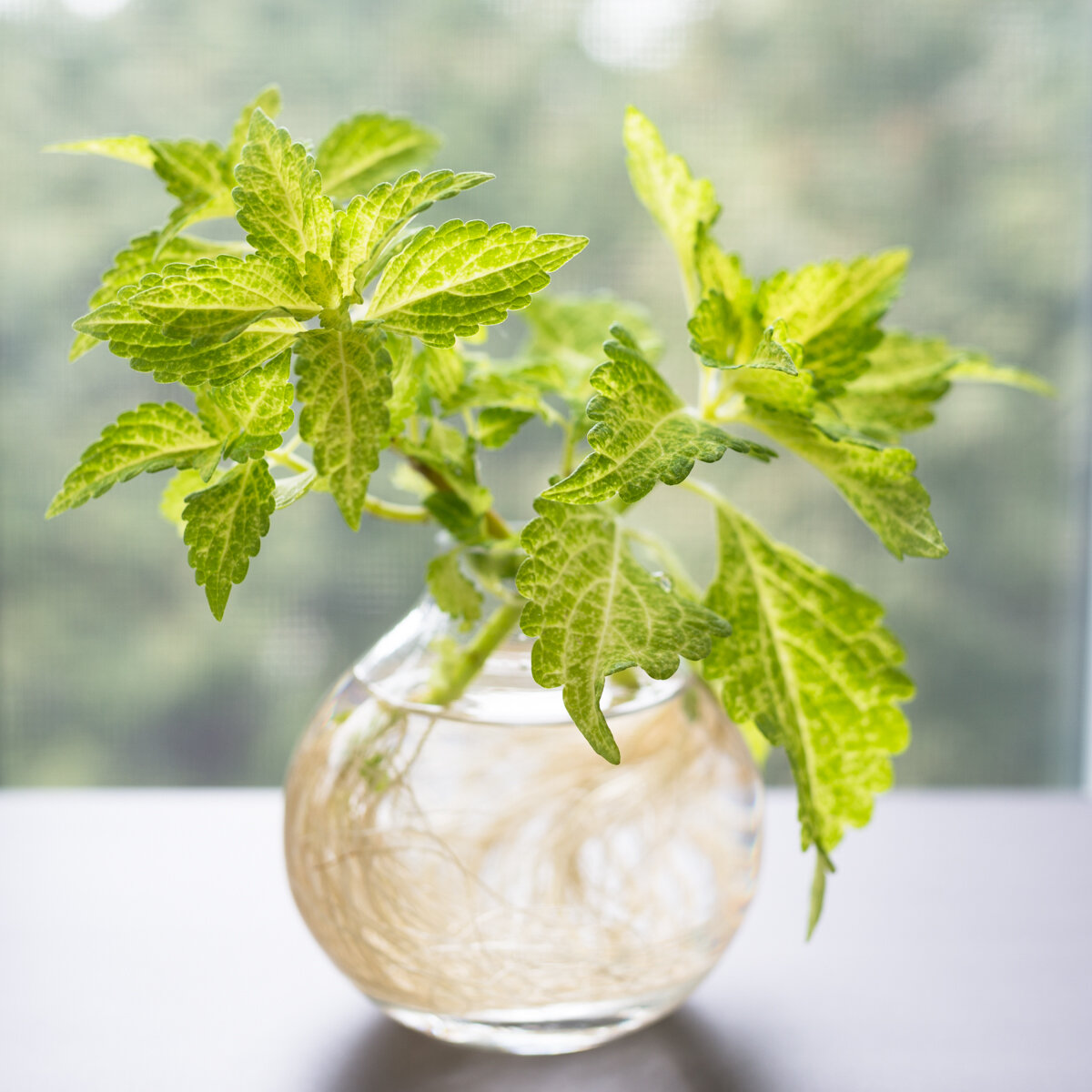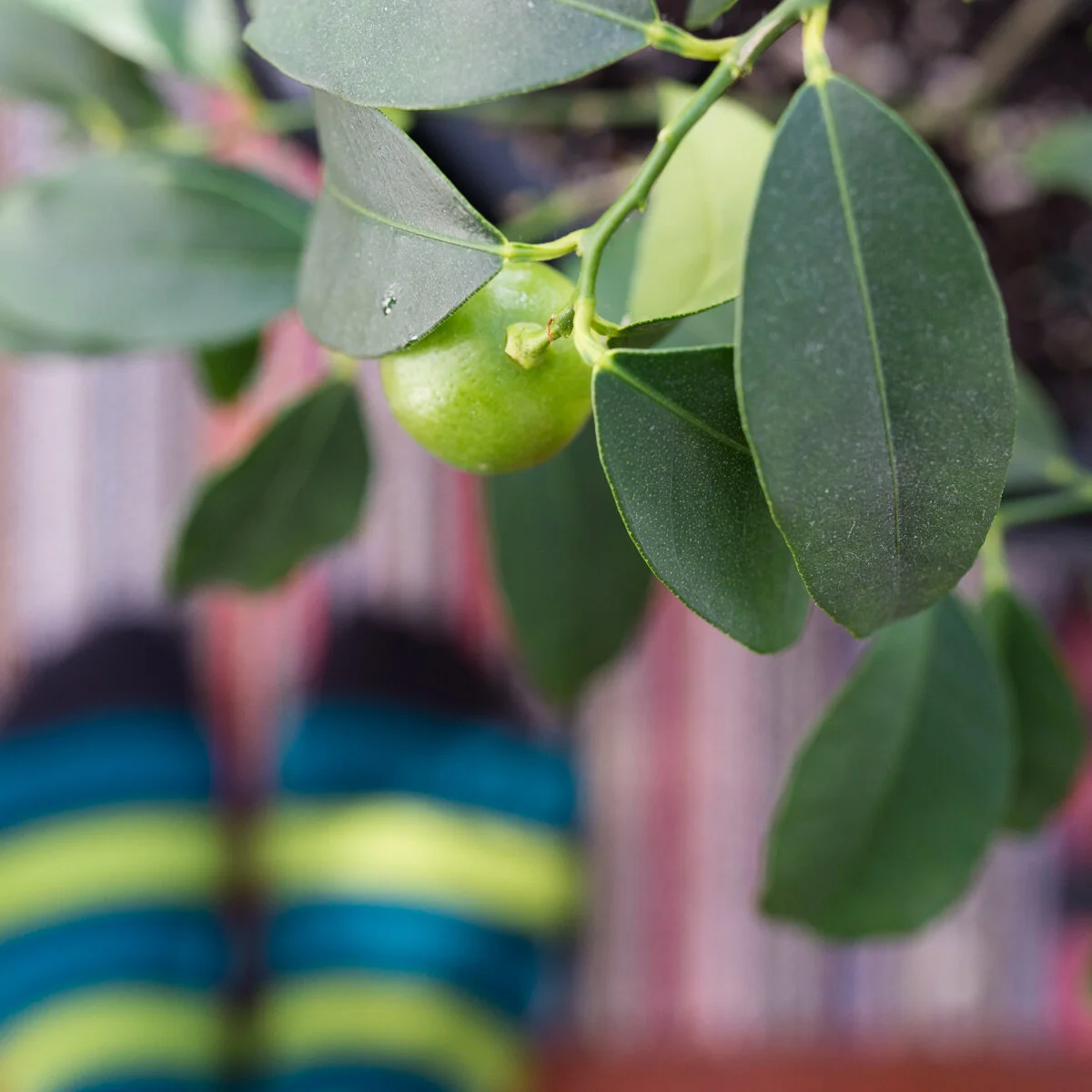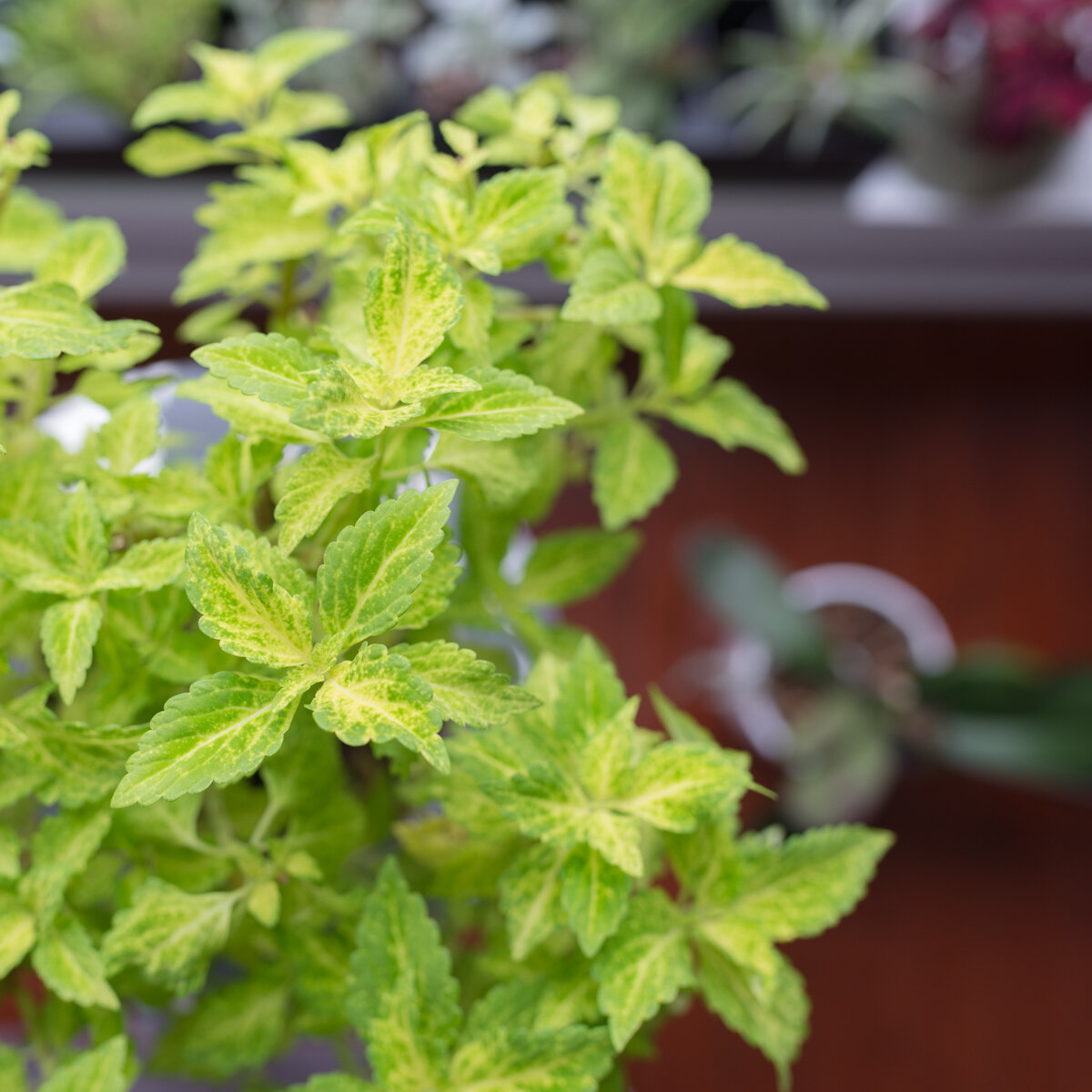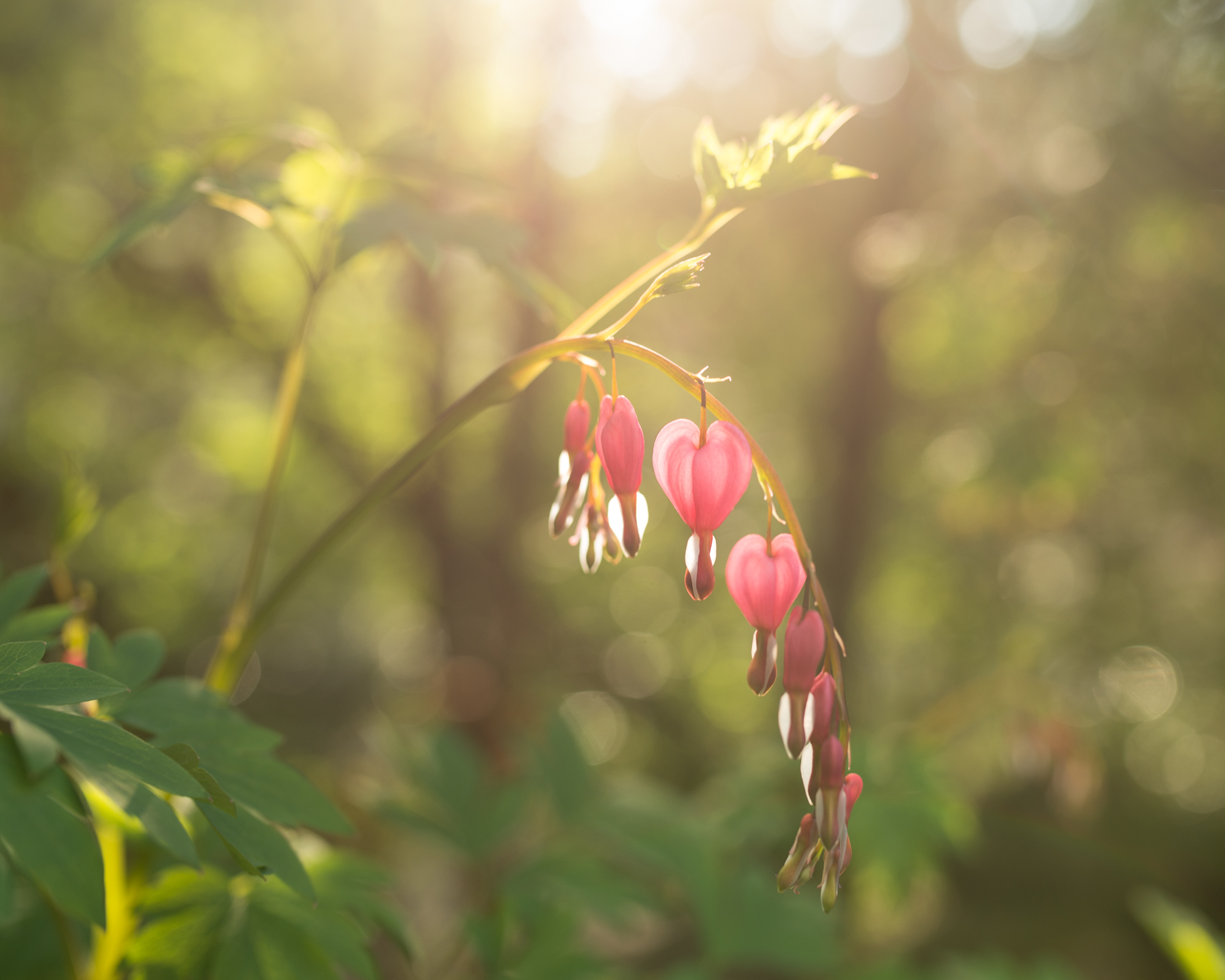I’m really glad there is such a thing as knitting because it seems quite a few people have found a lot of comfort in it these last few weeks as the world has ground to a halt and seemingly upended itself. I have a lot of faith in the calming and regenerative power of things like knitting or any kind of work that occupies the hands and requires a certain amount of concentration so that one can release a few brain cells being held hostage by feelings of anxiety. I’ve been keeping my hands busy but not with knitting so I haven’t much to share on that front except my last FO from a few months ago. Staying home in self-isolation with what is still statistically likely to be a cold but must be treated as if it’s a mild case of Covid-19 for the safety and sanity of all (my sanity excluded because try as I might, I can’t help wondering if I do in fact have it) has got me looking for the proverbial ray of sunshine where I can get it.
It was surprisingly easy to find it within my own home, it just required a slight recalibration of my eyes, or a change of perspective, in a manner of speaking. (There’s nothing like a global crisis to make a person realise they’ve taken a lot of things for granted.) Remember Marie Kondo and her signature line about only keeping items that “spark joy”? Yeah, trouble is, a lot of stuff sparks joy for me, I’m that kind of person. So I have a lot of stuff and a lot of it makes me smile. I thought I’d bring out some bright yellow things I have or have photographed to brighten up the interior.
Of course, there are the requisite handknits like these loud socks I made earlier this year:
The pattern is quite appropriately entitled Socks for Hermits and Homebodies. (My project notes are here). It’s available to Dawn Henderson’s Patreon members. If you are also a patron of Dawn and you’d like to know how I worked the cuff modification, get in touch! Incidentally, Dawn has offered her independently published patterns for free on Ravelry during the pandemic for the many people who are finding themselves stuck at home and short on funds. This despite being an independent designer and a mother of four who also suddenly lost her husband earlier this year. If you knit her patterns and can afford it, consider buying her a ko-fi?
And the houseplants, which as far as I’m concerned are sunlight storage modules:
And books are always good for a dash of colour on a coffee table or display shelf:
Now, I’d like to think I’m not even remotely crass and I do not find scatological humour particularly funny, I’m not a four year-old boy after all, but I have to say, this little collection either says a lot about me[1] or about what book publishers associate with the colour yellow.
This book in particular has provided me with a certain amount of entertainment in recent days:
I picked this up at the 2014 Venice Architecture Biennale as a memento. It was one of a series of books dealing with individual elements of architecture and the only one I chose to bring back in my limited luggage space because a.) I guess I am a four year-old boy at heart, and b.) it is actually incredibly interesting. To quote bits from the introduction,
The toilet is the fundamental zone of interaction—on the most intimate level—between humans and architecture…. The domestication, privatization, and proliferation of the toilet is the great unspoken driver behind much architecture and urban planning…. The toilet is at once the most private and the most political element, subject to government interference…. Today, the toilet is the site of cultural superimpositions…, philanthropy,… and habits that only seem to be intractable…
Also good for a laugh: this Wikipedia entry on toilet paper. Given all the toilet paper panic buying/stockpiling, I started wondering: what did people do before the invention of toilet paper?
Frankly, even if I’m not able to get my hands on a pack of TP at the grocery store when we run out in a few weeks, I won’t really be worried. Not because I have spare goose necks lying about or a handful of pebbles in my pocket, but because as long as we have David Eddings on our bookshelf, I consider us to not be out of toilet paper.
Footnotes:
[1] In my defence, all but one of those books were acquired in my youth, now long past. I have a lot of bookshelves and I stuck those in just for the entertainment of visitors perusing my book collection. Turns out I was far too optimistic that anyone would be interested in what I read (or, more accurately, what I have ambitions to read). Yet, I’m going to list some titles I am currently reading/re-reading/listening to during lockdown (some of which were only coincidentally very timely):
Although the author makes a very strong case for the benefits of diversifying our personal microbiome and “letting the outdoors inside”, in this day of Covid-19, I’m going to opt for annihilation of viruses in my home at the expense of the good bacteria, until instructed otherwise, thanks. I will, however, take his advice to grow more plants indoors.
How to Grow Fruits, Vegetables & Houseplants Without Soil by Rick Helweg (2014)
I’m hydro-curious at the moment because ordering potting soil for home delivery seems like a cruel and unusual punishment for my postman who is working hard and putting himself in danger’s way every day. I’ve always liked having houseplants but for the most part, they are all ornamental. That’s going to change this year because our local grocery stores are (reportedly) filled with people who seem to have no regard for either social distancing or government pleas to not panic buy and/or stockpile. I already have my first crop of lettuce greens germinating!
Empire of Cotton: A Global History by Sven Beckert (2015)
This book is in fact quite interesting, combining many topics and themes that occupy my thoughts, but I admit I’m listening to the audiobook version to help me fall asleep at night. It is exactly the thing I need these days: interesting enough to take my mind off my many worries for just long enough to fall asleep but not so exciting that I stay awake just to listen to the next 10 minutes and then another 10 minutes and so on. I’ll probably read the print version in the future because I’m missing 4 minutes out of every 10 at the moment.
Discworld by Terry Pratchett (1983-2015) (the entire series, books 1 through 41)
Collectively, the Discworld series is my personal bible. I cannot adequately describe the series to a non-initiate except to say that it is possibly the greatest series in any genre (that I have) ever (read). I’m a better person (than I would have been) because of it, I’m certain.
The Obesity Code: Unlocking the Secrets of Weight Loss by Jason Fung, M.D. (2015)
Although I read this a few years ago and I now only do 16-hour fasts, more or less daily, I’m skimming bits of this book again. I read it then because, for various reasons, I am at a higher risk of developing Type II Diabetes and I wasn’t waiting around for it to happen first. I used to joke that this intermittent fasting diet was basically the genius diet plan that Famine was promoting in Good Omens (by Terry Pratchett and Neil Gaiman). In truth, intermittent fasting does mean you are likely consuming less food overall but for me, one of the most useful by-products of this type of diet is acquiring the ability to control your hunger, rather than having your hunger control you (hangry much?) There is an element of self-discipline in this, but as Dr. Fung explains, hunger isn’t simply an issue of willpower but rather “numerous overlapping hormonal systems [which] influence the decision of when to eat and when to stop.” I found that training myself to fast intermittently was only initially a matter of self-discipline and that eventually, as I acclimatised, my body was no longer demanding constant glycogen top-ups. Another way to put it, I went through a hanger-management program and it has profoundly changed my relationship with food (and probably my actual relationships) for the better. I’m not advocating this type of diet for anyone without seeking qualified medical advice first but if you were already interested in intermittent fasting, this might be an opportune time to explore it. (I’m only half-joking.)
Jokes and half-jokes aside, please stay smart, stay safe, stay put, and stay positive. This won’t last forever and the better we comply with our public health officials and accept these temporary inconveniences, the sooner we’ll come through this, and gods willing, the fewer the people who will lose their loved ones during this pandemic.
Courage, friends.

